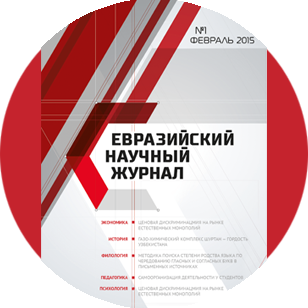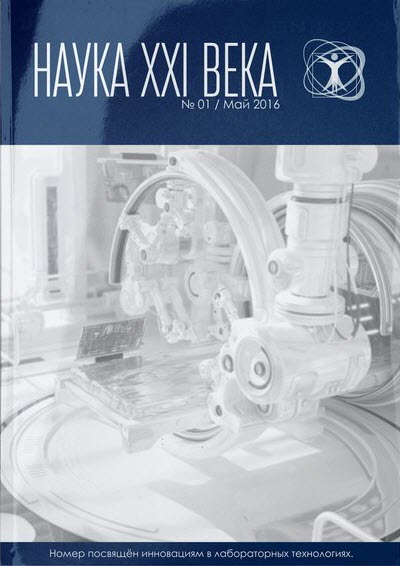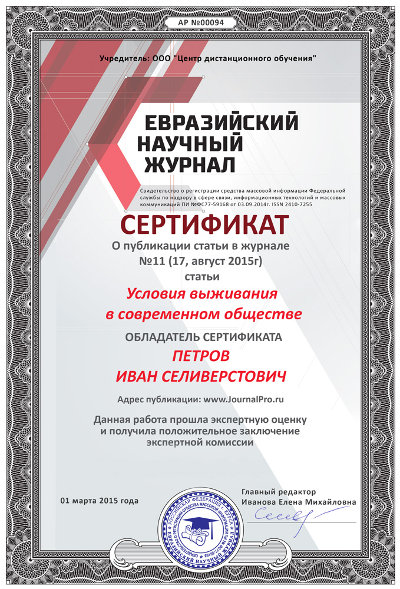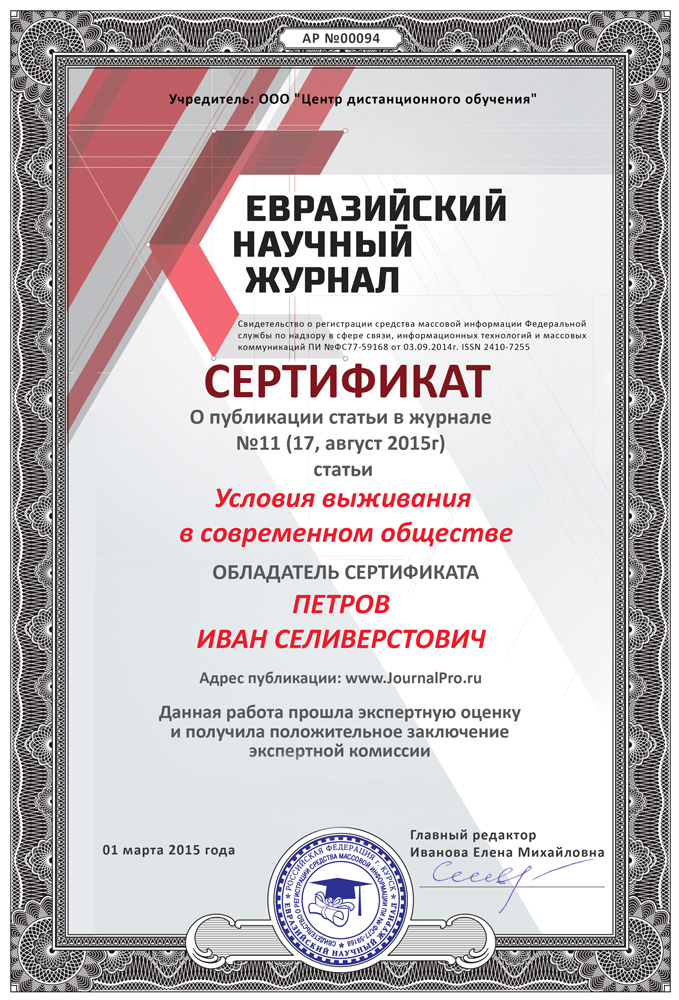Срочная публикация научной статьи
+7 995 770 98 40
+7 995 202 54 42
info@journalpro.ru
Interpretation features of Gliere's "Harp Concerto"
Рубрика: Искусствоведение
Журнал: « Евразийский Научный Журнал №9 2022» (сентябрь, 2022)
Количество просмотров статьи: 465
Показать PDF версию Interpretation features of Gliere's "Harp Concerto"
Kryachkova Zlata Sergeevna
National Symphony orchestra of Uzbekistan
Tashkent, Uzbekistan
Крячкова Злата Сергеевна
Национальный Симфонический оркестр Узбекистана
Ташкент, Узбекистан
Особенности интерпретации “Концерта для арфы” Глиэра
Abstract: The article discusses the history of the creation of the “Harp Concerto for Harp and Orchestra” by R. Gliere, the role of Ksenia Erdely in the creation of this work. Peculiarities of the interpretation of this concerto by performers, technical difficulties and important moments in the work of the soloist with the orchestra and conductor. The importance of this concerto in the harp repertoire around the world.
Анотация: В статье рассматривается история создания “Концерта для арфы с оркестром” Р. Глиэра, роль Ксении Эрдели в создании этого произведения. Особенности интерпретации этого концерта исполнителями, технические трудности и важные моменты в работе солиста с оркестром и дирижером. Значение этого концерта в арфовом репертуаре по всему миру.
Key words: harp, concert, Glier, performance, orchestra, Erdeli.
Ключевые слова: арфа, концерт, Глиэр, исполнение, оркестр, Эрдели.
Reinhold Moritzevich Gliere was a great composer of the 20th century, working in such genres as opera, ballet, concerto, chamber music and symphonic works. He graduated from the Moscow Conservatory and studied in the class of M.M. Ippolitov-Ivanov, A.S. Arensky, G.E. Konyus, S.I. Taneyev. R.Glier played a great role in music art in Russia, Azerbaijan and Uzbekistan. He is a People’s Artist of the USSR.
In 1923 he wrote an opera “Shakhsenem”, which was staged in the Azerbaijani theatre of opera and ballet in 1927. In 1937 he wrote “Solemn overture”, which managed to combine Russian, Ukrainian, Azerbaijani and Uzbek melodies in one work. In 1940, he created overture “Fergana Feast”, as well as operas “Leyli and Majnun” (based on poem by A. Navoi (1940) and “Gulsara” (1949), which he had co-written with T. Sadykov.
In the period from 1938 to 1951. Gliere composed four concerti. As soloists, he selected instruments not previously used by his contemporaries as soloists. The first concerto on this list is “Concerto for Harp and Orchestra” op.74 (1938), followed by “Concerto for Coloratura Soprano and Orchestra” op.82
Gliere came up with the idea for the harp concerto thanks to his acquaintance with Professor K. Erdely of the Moscow Conservatoire. He met her in 1927 during the premiere of his ballet The Red Poppy.
Ksenia Erdely was a soloist with the Bolshoi Theatre Orchestra and was appreciated as a talented performer by many conductors and composers of her time. She was the first performer of concertos by Gliere (1938), V. N. Tsybin (1940), S. N. Vasilenko (1949) and A. I. Kos-Anatolsky (1954). Erdely was actively involved in the creation of Gliere’s concerto and was personally involved in editing the harp part. It is for this reason that the concerto is dedicated to her. Later Gliere would also write a piece for her entitled Impromptu for Harp.
The first performance of the concerto took place on 23 November 1938 at the Great Hall of the Moscow Conservatoire with the State Philharmonic Orchestra under Leonid Steinberg, with Ksenia Erdely herself at the harp. The first recording of this concert was made at the Leningrad Philharmonic with Olga Erdely, Ksenia Alexandrovna’s niece, and R. Glier himself was at the conductor’s stand.
The harp concerto is the first work of this form in the composer’s oeuvre. When it comes to the choice of soloists for all of his concerti, they were all unconventional as, at the time, none of the composers of the former Soviet Union had written concerti for harp and French horn soloists, the concerto for voice being the first of its kind.
To date, there are several editions with different versions of Gliere’s Harp Concerto. The first edition was published by Musica in 1940 (Moscow), the second by Lyra Music Company (USA), and the third by Salvi Publication (Italy) in 1977. The sheet music in these editions is identical. In none of them is the fingering exposed, but each has its own pedalisation. The Lyra Music edition writes the pedals in English, the other two in Italian. There is also one mistake in durations in both American and Italian editions: in the second part of the concerto, the first four notes are written in 16 instead of 32 as it should be. In my opinion, the most logical pedalisation is in the Music publication, as Xenia Erdely herself worked on it.
The concerto consists of 3 parts and is written in Es-dur. The first movement is a classical sonata form. The concerto begins with an orchestral background and a main theme in the harp part, rather than the common tutti (as in Mozart and Boaldiö’s harp concertos, for example). Gliere’s orchestration is remarkable, not drowning out the delicate instrument and giving it a full sound. Unlike other symphonic works, there are fewer instruments in this concerto. The brasses are limited to 4 French horns, and of the percussion group the composer used only timpani and a triangle. The main theme is lyrical, coming with arpeggiated chords from the soloist.
Another unconventional decision by the composer is the cadenza at the beginning of the movement (48 bars).

The soloist plays the sequence in
In the next episode the harp creates a background with triplets during the clarinet solo. Then the duet of soloist and orchestra begins. The harp plays the theme in passages, while the orchestra plays long notes. Throughout the piece the tonalities constantly change, but the melody still remains unified.
The soloist’s second cadenza (124th measure) is completely different from the first. It has a more mysterious character. It is more difficult for the performer than the first. Firstly, the signs are constantly changing, there is no definite tonality, and there are many pedal changes. Secondly, the texture is constantly changing. If in the first cadenza there were standard passages, here they alternate with chords, glissando, double and triple notes, and the rhythmic pattern is constantly changing.
The entire first movement is majestic and solemn, but at the same time has a romantic character. It ends with harp passages with a large symphonic accompaniment in the original Es-dur key.
The second movement is a theme and variations. Gliere chose an unorthodox solution for the middle section, but a very interesting one. In the various variations the folk melody is played in different textures. The theme itself is very simple and at the start it is played only by the harp, while the orchestra becomes involved in the first variation. This movement is in Ces-dur key. This is done so that all the pedals are in the flat position, i.e. all the pins are down and do not hold the strings, thanks to which the sound is deeper and nobler.
In the first variation, the theme comes from the soloist, with the orchestra playing the accompanying role. The theme is inside the arpeggio in sixteenth notes by the harp. Depending on the direction of the theme, the arpeggio goes either down or up. The entire second variation is performed by the orchestra alone without a soloist, and the theme comes from the clarinet and flute. The main theme changes tonality within the variation, and returns to Ces-dur at the end.
In the third variation the tonality changes to B minor. The theme in the harp part is played in scales and arpeggio passages, without separating the right and left hand into theme and accompaniment. It is important that the technique is perfect, as the listener should hear one line (not two different hands). The orchestra in this variation simply supports the harp with strong lobes. The fourth variation is written in G-dur key. There is a roll call between the soloist and the orchestra. The harp plays the beginning of the arpeggio theme, the orchestra concludes.
The fifth variation is in parallel e-moll. It is much livelier in character than the previous ones. The harp theme is played with the first finger of the right hand in eighths, and
The second movement ends with a coda in the tonality of the theme of the variations in Ces-dur. The harp part consists of glissando and passages. The final passages bring us back to the initial theme. It is these final passages that are the most difficult and uncomfortable for the performers compared to the others used in this concerto. The Music editors suggest performing them in 4 notes in the right hand, then 4 in the left hand, etc. The American edition of Lyra recommends starting with 3. In order to play them exactly at a fast tempo, and to hit all the notes, you have to learn the passage by taking turns with the chords at a fast tempo, depending on the edition preferred by the harpist. If American is used, the chords should consist of 3 notes; Russian 4 notes.

The final movement, Allegro gicoso, is in Es-dur, 2/4. Throughout the piece there is a dialogue between the harp and the orchestra. Bits
Afterwards, in 83 the orchestra performs the main part. The soloist has a new theme. It has a new rhythmic pattern and a completely different harmony. Then a return to the main theme, but in a different interpretation — the theme is veiled in passages that come in all registers. In Tact 148 the theme is played in a strong part with the bassoon while the soloist plays in a weak part with the flageolets, as if he was one eighth late. The composer used the same technique in measure 160. The wind instrument is perfectly matched here — as muted as the harp flage.
Number 200, Poco pesante — a return to the opening theme. The soloist plays
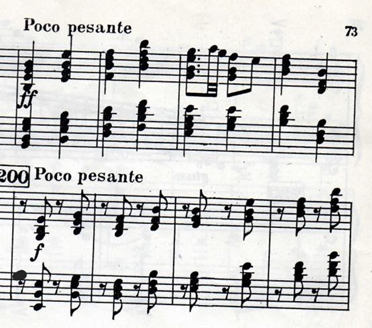
A brilliant coda sums up all the material, it is very solemn and vivid. In 224 the theme passes to the orchestra, the harp has accompaniment. The concerto ends with a general tutti in Es-dur tonic. The conclusion comes with a presto, 275 figures. Most often the soloists prefer to make a small accelerando here. Here a previously used technique is applied — the harp passages start from groups of 4 notes, then 6, 7 and 8. It seems to the listener that the acceleration is much greater than it actually is.
The difficulty of the third movement for the performer is that it combines the material of the entire concerto, both technically and figuratively. It is very important for the soloist to switch quickly between the different characters within the work, to be able to show the different possibilities of the instrument. The finale shows both the solemn theme of the first movement and a folk melody, as well as variations on the theme reminiscent of variations. There are many hidden themes which the performer needs to highlight and show to the audience. For example, there is a passage with a theme within it, an echo with the wind.
Today it is performed all over the world, but is particularly popular in Russia, Ukraine, Belarus, Azerbaijan and Uzbekistan. It is quite popular with school leavers and is often performed at examinations. The concerto is a must at the All-Russian Music Competition, the Xenia Erdely International Competition and the International Glowing Harp Competition, and is also occasionally the final round at the International Harp Competition in the USA. In 2021, the III All-Russian Music Competition was held, in which the obligatory piece in the harp category was Glier’s Concerto. In 2022 the Concerto was the final round of the International Competition in Israel, where 3 finalists performed it together with a symphony orchestra.
The most popular and frequently listened to recordings of the Gliehr Concerto in the 21st century are performances by Jana Boušková (Czech Republic), Emmanuel Seisson (France), Olga Erdely (Russia) and Yulia Rovinskaya (Israel). They all represent very different schools of harp playing and their performances are very different.
References:
N. Shameeva “History of development of Russian music for harp” (1994)
K. Erdely “The harp in my life” (1967)
K. Erdely “Exercises for harp” (1957)
I. Poberezhnaya “Life and Creation of Erdely”.
H.G. “Historical aspects of R.Glier’s concertos” (1986)
E. Yazvinskaya “Harp” (1968)

